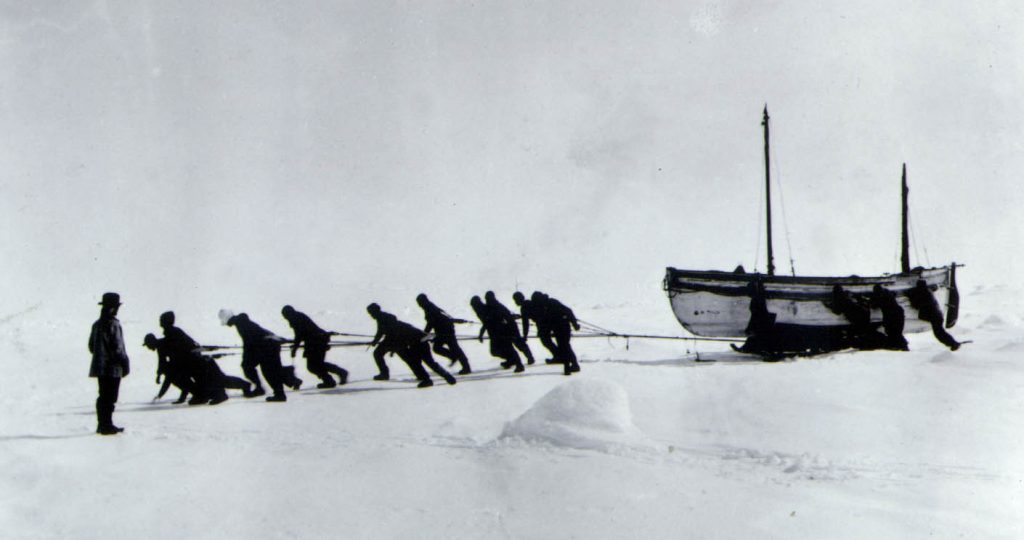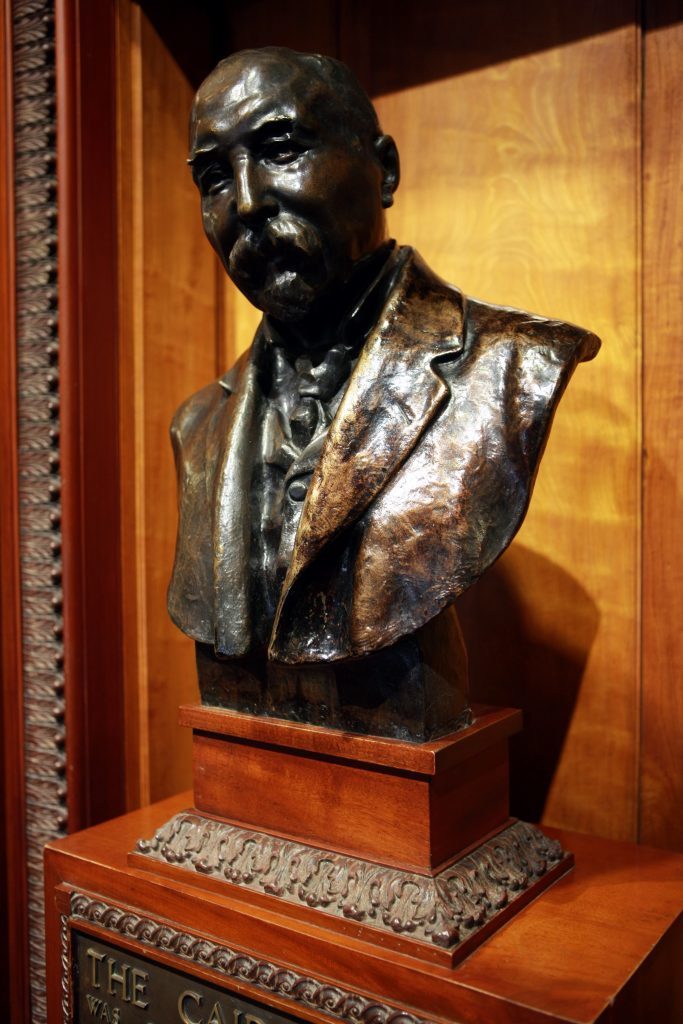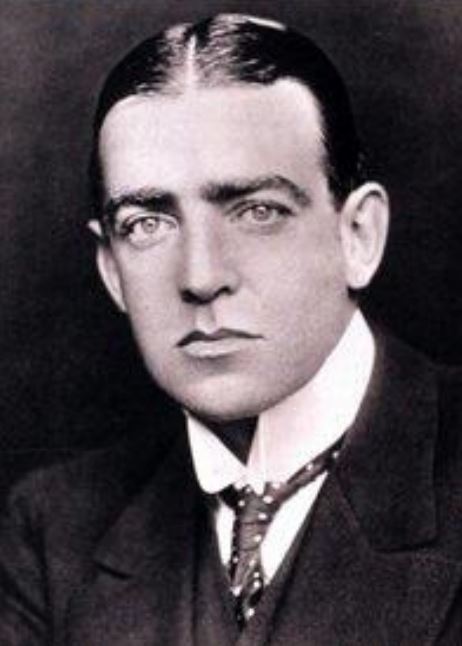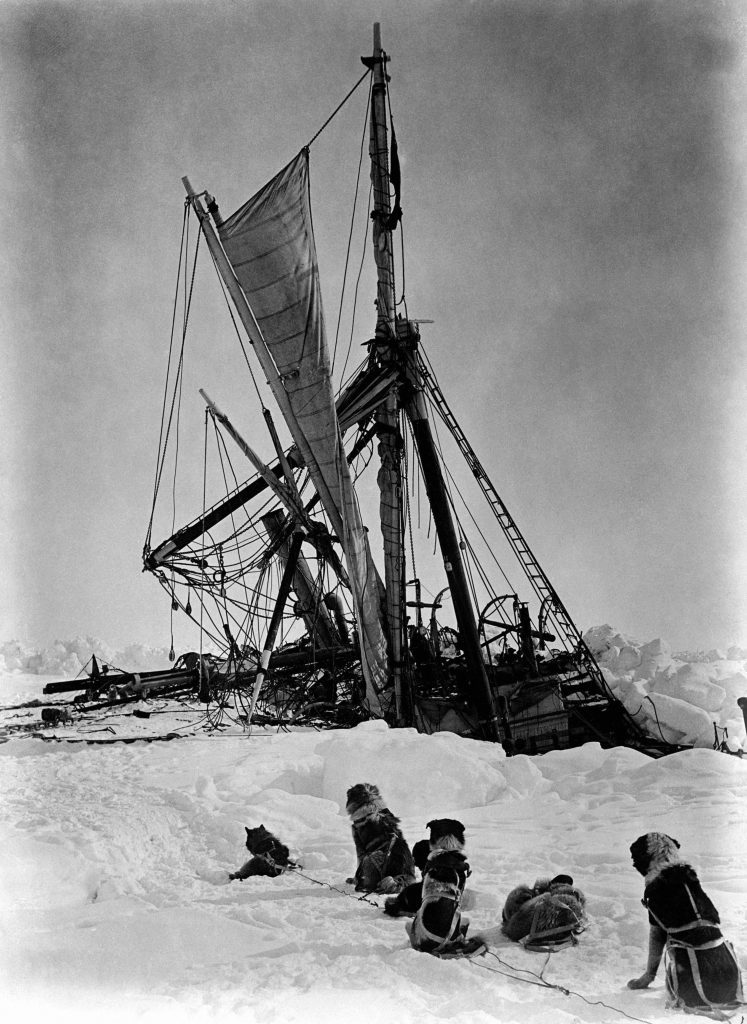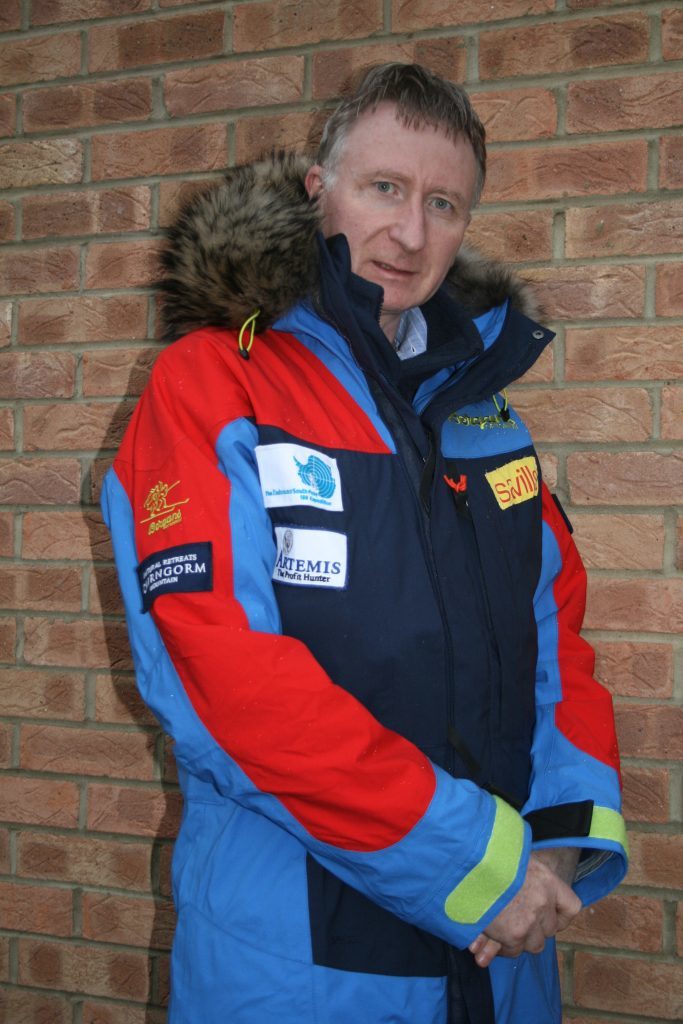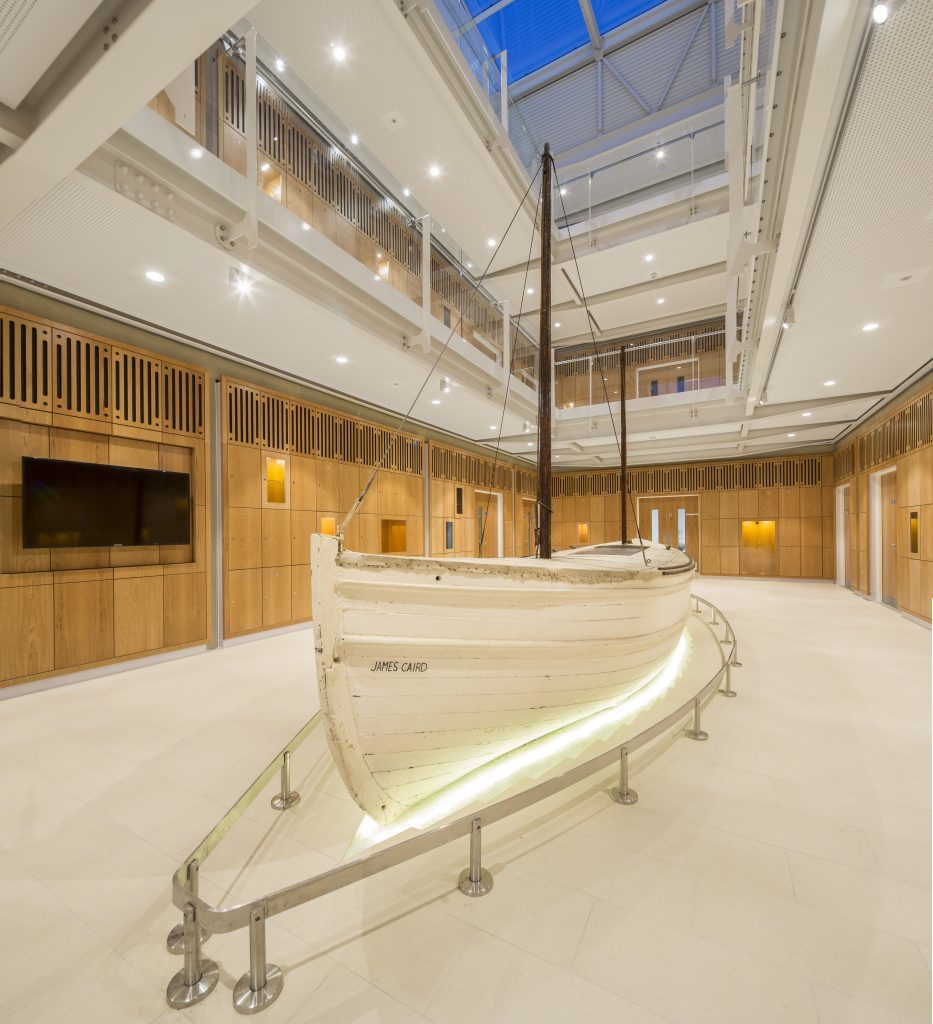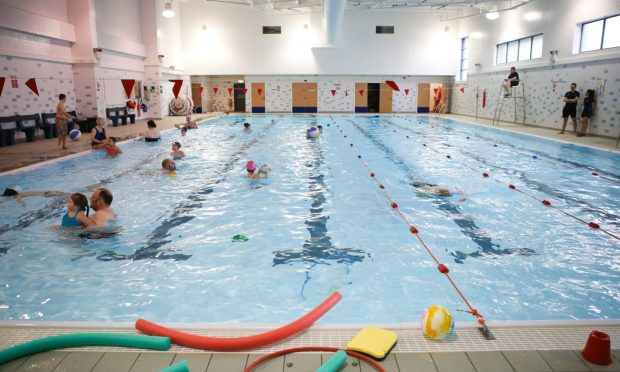One hundred years ago, and against all odds, the James Caird – a lifeboat named after one of Dundee’s wealthiest jute barons – helped rescue the crew of an ill-fated Antarctic expedition. Michael Alexander explores the history.
As a jute manufacturer, entrepreneur and philanthropist, Dundonian Sir James Key Caird was one of the wealthiest men in Britain during the 19th century.
A keen collector of Ancient Egyptian artefacts and a personal friend of the celebrated Egyptologist, Sir Flinders Petrie, Sir James visited Egypt in 1907.
To this day, the many archaeological specimens he acquired form the basis of a collection in The McManus: Dundee’s Art Gallery and Museum, where his portrait also hangs.
The Caird Hall is, of course, another visual reminder of his generosity to the city, where a bronze bust was unveiled in March.
But it’s not just Dundee where his memory lives on.
Caird was the major sponsor for Sir Ernest Shackleton’s ill-fated Imperial Trans-Antarctic expedition of 1914-16.
And exactly 100 years ago on May 10 1916, just weeks after Caird’s death, Shackleton’s lifeboat the James Caird, named in his honour, completed a famous 800-mile voyage through icy seas to South Georgia which ultimately enabled Shackleton to mount the rescue of all of the 27 men who had sailed on his ill-fated ship the Endurance.
Shackleton had Dundee to thank for building the RRS Discovery which helped to launch his career during the heroic age of Antarctic exploration.
But 10 years after he served as third officer with Captain Robert Falcon Scott during the Discovery’s successful British National Antarctic Expedition of 1901-04, and three years after Scott perished returning from defeat to Amundsen at the South Pole in 1912, Shackleton found himself at the centre of one of the most incredible adventure stories of all time.
The intention of Shackleton’s expedition was to cross the Antarctic continent from one coast to the other via the South Pole.
But Shackleton’s ship, the Endurance, became trapped in pack ice close to the Antarctic continent, resulting in its sinking.
On October 27, 1915, Shackleton gave the order to abandon the Norwegian-built ship and crew took the treacherous journey across the pack ice toward land, hauling their lifeboats by hand where possible, and taking to them when the ice thinned.
The crew eventually landed on the desolate Elephant Island, hundreds of miles from mainland civilisation.
Shackleton decided to take a five-man crew on the James Caird, a 23-foot whaler, and head to South Georgia to summon a rescue party for the remaining expedition members – a decision that saved their lives. Despite failing to complete their expeditions aim, the crew are now hailed as heroes who never wavered in the face of their four month ordeal.
Dundee-raised explorer David Henry, a fellow of the Royal Geographical Society, recently took part in an Antarctic expedition to the South Pole to commemorate Shackleton’s Endurance expedition.
He told The Courier:“ It wasn’t just a boat that was named after the great philanthropist – the Caird Coast of Antarctica , which abuts the Weddell Sea close to where Endurance was trapped and sank in 1915, literally put Sir James’ name on the map too , in grateful thanks for his support of the Endurance expedition. ‘ “The voyage of the James Caird is one of the greatest feats of navigation ever recorded. Had he lived to hear the news ,Sir James, I’m sure would have been proud to know what the crew of a boat bearing his name had accomplished. Unfortunately, he died just two months before Shackleton and his men landed on South Georgia after a 17 day, 800 mile voyage across some of the roughest seas on the planet.
“ As a mathematician and keen supporter of science, he would have appreciated the careful calculations made under these most challenging of conditions .
“As high seas pitched the James Caird , Frank Worsley , the legendary navigator , was held upright by other members of the crew while he sighted the sun with his sextant. Then, crouched in the bottom of their small boat, he worked out the maths with pencil and paper ,whilst consulting his tables and Nautical Almanac. Even a degree of error could have been fatal.”
He added: “Dundee has a long history of supporting scientific innovation, exploration and endeavour. Sir James was one of our founding fathers of that proud tradition.”
Susan Keracher, curator at The McManus: Dundee’s Art Gallery and Museum said: “Though Sir James Caird was one of the wealthiest men in Britian, he remains something of an enigma. There are visual reminders of his immense generosity throughout the City – notably the Caird Hall – but little is known of the man himself. It is significant then, that the evidence of his private passions are writ large in items in the city’s museum collections held at The McManus.
“Caird was the major sponsor for Sir Ernest Shackleton’s Antarctic expedition of 1914-16. He put up £24,000, a larger sum than the British Government, and equivalent to £8m today. It is not surprising then that Shackleton named a boat in Caird’s honour, nor that Caird was presented with material collected during the early stages of the expedition.
“This, the only surviving material from the ill-fated expedition, was gifted to Dundee’s permanent collection. Two birds, an Emperor penguin and petrel, are displayed in the Dundee and the World gallery at The McManus.”
Today, the James Caird is displayed at Dulwich College, London – the independent school where Shackleton was once a pupil.
Dr Joe Spence, Master of Dulwich College, told The Courier: “Ernest Shackleton, a pupil at Dulwich College from 1887 to 1890, has a remarkably strong presence and influence today. His lifeboat the James Caird is proudly housed in our new science building for boys to enjoy and be inspired by every day. His explorations are the basis for lectures, discussions and, earlier this year, a new specially commissioned play performed by our pupils – The White Road by Jenny Worton – cast new light on the ill-fated voyage.
“Shackleton’s qualities of courageous leadership and purposeful adventure are qualities we hope young Alleynians aspire to today.”
